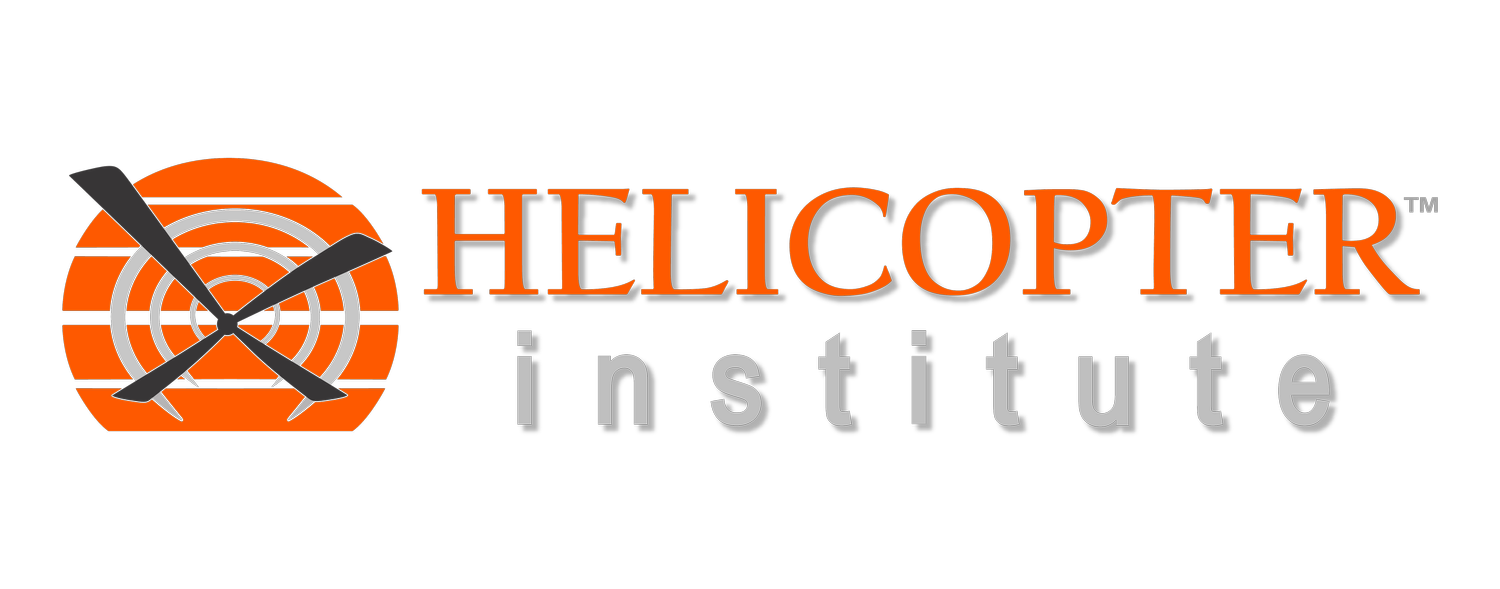
Night Vision Goggle Training
Bell 407
AS350B2
Bell 505
Bell 206
MD 500
Robinson R44
Description
The Night Vision Goggle (NVG) pilot transition course provides ground and flight training for appropriately rated helicopter pilots in order to operate the helicopter while using NVGs in a safe and efficient manner. Each pilot will be required to meet or exceed the minimum standards set forth in the applicable FAA Practical Test Standards (PTS) appropriate to the grade of certificate held by the pilot while using NVGs. Helicopter Institute offers basic, advanced, and instructor NVG training programs.
The Helicopter Institute Basic NVG Course provides in-depth academic curriculum and operational flight training in order to increase safety and situational awareness while operating at night. This course satisfies the requirements of 14 CFR Part 61.31(k)(1-2).
The Advanced NVG Course builds upon the Basic NVG Course by tailoring the training to the specific mission types conducted by the customer. During the Advanced NVG Course, pilots will conduct aircraft emergency procedures to include touch-down autorotations, hydraulic-off landings, tail-rotor malfunctions, and FADEC failures, as applicable.
The Instructor NVG Course will focus on providing the attendee with the knowledge and skill to effectively conduct NVG training. All of the maneuvers and procedures to obtain the 14 CFR Part 61.31(k)(1-2) endorsement (to act as PIC) while using NVGs will be covered from the instructional perspective. Heavy emphasis will be placed upon instructional intervention techniques and strategies while teaching NVG flight.
Ground Training
Comprehensive coverage of night vision systems, performance and operating limitations, currency requirements, and ITAR requirements.
Helicopter Institute is authorized to issue the NVG Instructor Endorsement required by 14 CFR 61.195(k)(7).
The Helicopter Institute night vision training course encompasses the most up-to-date technology, information, techniques and procedures for implementing NVGs in new or existing aviation programs. Training may be conducted with either standard green or white phosphor, as applicable to the customer.
Flight Training
Training includes demonstration and performance of normal maneuvers and emergency procedures. Emergency procedure training includes touchdown autorotations, hydraulic-off landings, anti-torque system failures and associated NVG malfunctions during flight.
Training Program
Initial
Ground 8 hours
Flight 6 hours
Recurrent
Ground 4 hours
Flight 2 hours
Instructor
Ground 8 hours
Flight 3 hours


